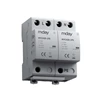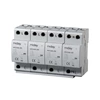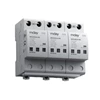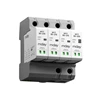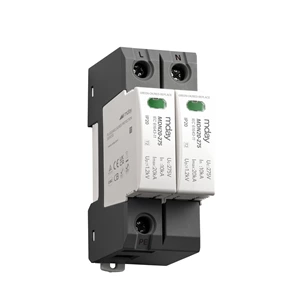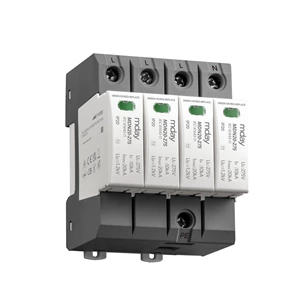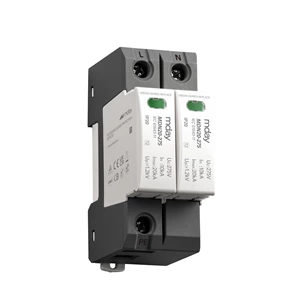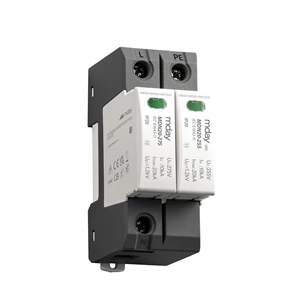Surge Protectors For Power Distribution Lines
Similar to transmission lines, distribution lines can also be protected against lightning using lightning conductors or surge protective device. The measures required vary for different voltage levels and lines.
10kV bare-conductor lines. In principle, lightning conductors can be used for 10kV bare-conductor lines. However, due to high cost and inconvenient installation, lightning conductors are currently rarely used. Instead, surge protector are installed in sections with frequent lightning activity, and tower grounding is performed as required.
10kV insulated lines. Due to urban power grid upgrades in recent years, urban lines have largely been replaced with cross-linked polyethylene overhead insulated lines. However, the lightning protection measures used remain the same as those for bare-conductor lines, resulting in dozens of lightning-struck insulated line breakage incidents. The following lightning protection measures are currently available for overhead insulated lines:
① Installing lightning conductors. This method offers the best lightning protection, but is difficult, costly, and difficult to implement.
② Improving the withstand voltage of line insulators. Replacing 10kV insulators with lightning protection insulators will significantly improve lightning protection.
③ Install surge protection device lines in areas prone to lightning strikes or at specific intervals to reduce lightning-induced line breakage accidents.
④ Extend the flash path, which makes arcs more easily extinguished. Increase insulation strength locally, such as by reinforcing insulation at the junction between the conductor and the insulator and using surge protectors with long flash paths.
⑤ Partially strip the insulated conductor, leaving it partially bare. This allows the arc to slide along the stripped portion rather than burning at a fixed point. This also provides a ground wire attachment point for later construction.


